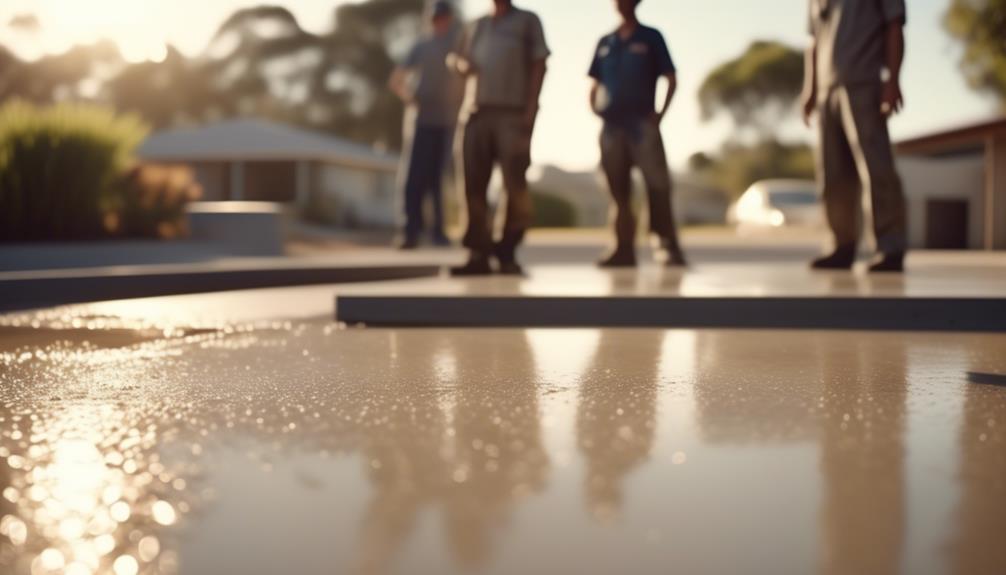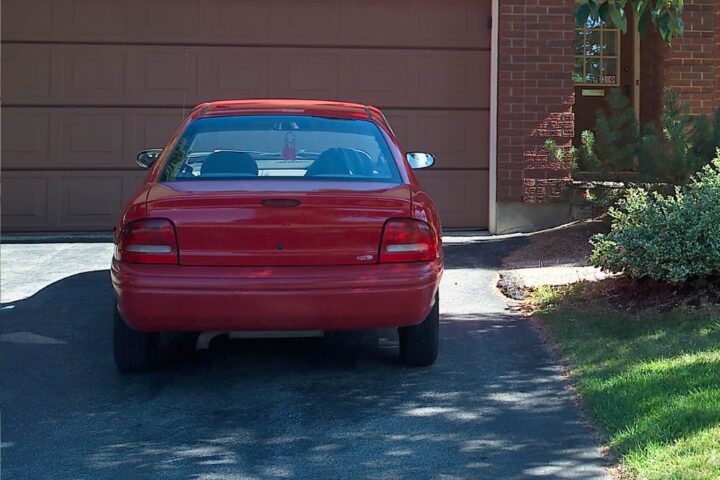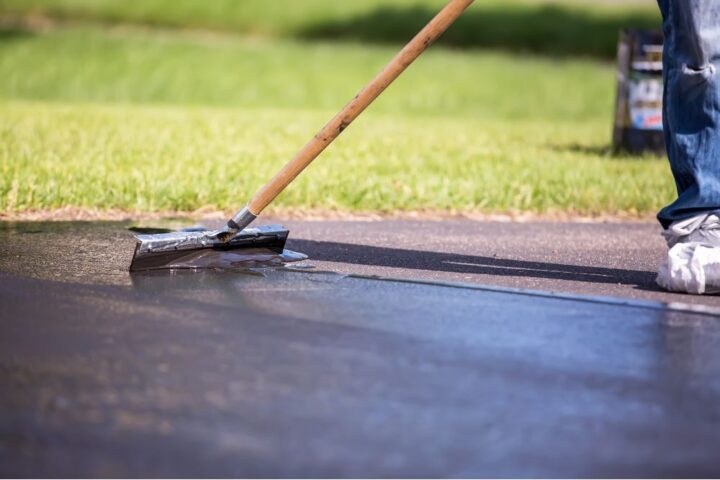When it comes to constructing a concrete driveway in Australia, one crucial aspect that cannot be overlooked is the curing time. The duration required for a concrete driveway to fully cure can vary depending on several factors.
It is imperative to understand these factors and adhere to the recommended guidelines to ensure the durability and longevity of the driveway. In this discussion, we will explore the various factors that influence the curing time, the recommended timeframe for curing, best practices for ensuring proper curing, common mistakes to avoid during the process, and how to determine when a concrete driveway is fully cured.
So, let’s dive into the intricacies of concrete driveway curing in Australia and unravel the importance of this crucial process.
Factors Influencing Curing Time Of a Concrete Driveway
The curing time for a concrete driveway is influenced by various factors. These factors include:
- Concrete mix design and water-cement ratio: The type and amount of cement, aggregates, and additives used in the mix affect the rate at which the concrete gains strength. A higher water-cement ratio generally results in a longer curing period as more moisture needs to evaporate for the concrete to achieve its desired strength.
- Weather conditions: Especially air temperature, significantly impact the curing process. In warm weather, the concrete can dry faster, while in cold weather, the curing time may be extended. Moisture levels in the air, humidity, and wind speed can all affect the rate at which the concrete dries and gains strength.
- Driveway thickness: Thicker driveways generally take longer to cure as there is more concrete that needs to dry and gain strength.
- Adherence to recommended curing methods: Properly applying curing compounds, keeping the concrete moist, and protecting it from extreme weather conditions can all influence the overall curing time.
- Potential considerations for heavy vehicles: Special considerations for heavy vehicles may extend the waiting period before parking on a new concrete driveway. These vehicles can exert significant pressure on the concrete, and allowing sufficient time for complete curing is crucial to avoid damage.
Considering these factors when planning for a concrete driveway in Australia will ensure a successful curing process and a long-lasting, durable driveway.
Recommended Curing Time for Concrete Driveways
To ensure optimal durability and performance, it is important to adhere to the recommended curing time of at least 7 to 10 days before parking on a newly constructed concrete driveway in Australia. This period allows the concrete to harden and strengthen, ensuring that it can withstand the weight of vehicles without cracking or experiencing structural issues.
The recommended curing time serves as a guideline to balance safety and convenience. While it may be tempting to use the driveway sooner, especially for DIY projects, it is crucial to allow sufficient time for the concrete to cure properly. Heavy vehicles, such as trucks or RVs, may require an extended waiting period of up to 28 days before parking on a new concrete driveway to prevent damage.
It is important to note that the recommended curing time can vary depending on several factors, including weather conditions, water-cement ratio, and the specific mix used for the concrete. Contractors may provide specific recommendations based on these factors for each project.
Additionally, it is advisable to avoid walking on a standard trowel- or broom-finished concrete driveway for at least 24 hours. For decorative stamped concrete driveways, an additional day is recommended before rinsing off any excess release agent to ensure the best results.
Best Practices for Ensuring Proper Curing
Implementing proper curing practices is essential to ensure the long-term durability and strength of a newly constructed concrete driveway. Here are some best practices to follow for proper curing:
- Choose the appropriate curing method: Different concrete structures require different curing methods. Consider factors such as the thickness of the concrete slab and the weather conditions in your area.
- Moisture is key: Moist curing involves wetting the concrete slab to slow down moisture evaporation, preventing cracks. Spray the new concrete with water regularly, around 5-7 times per day. However, note that this method is not recommended in colder temperatures.
- Covering with plastic: Another effective method is covering the concrete slab with plastic sheeting. Use polyethylene sheeting or a concrete curing insulating blanket. Before applying the cover, wet the concrete thoroughly. Remove the cover daily to hose down the concrete slab. This method is commonly used for curing floor slabs, columns, and walls.
- Allow sufficient curing time: The curing period for a concrete driveway in Australia varies depending on factors such as the weather and the thickness of the slab. Generally, it is recommended to wait for at least 7 days before subjecting the driveway to normal foot traffic and 28 days before painting or staining.
Common Mistakes to Avoid During the Curing Process
During the curing process for a concrete driveway, it is crucial to avoid common mistakes that can compromise the strength and durability of the structure.
One common mistake is applying excessive water during curing. While water is necessary for the hydration of the concrete, too much water can weaken the mixture and affect its overall integrity.
Another mistake to avoid is rushing the curing process. Concrete surfaces need time to fully hydrate and gain strength, so it is important to allow for the appropriate curing time recommended for the specific concrete mix used.
Neglecting to use curing compounds or cover the concrete with plastic sheeting is another mistake to avoid. Curing compounds help to retain moisture and temperature control, while plastic sheeting can prevent moisture loss and promote proper curing.
Additionally, parking heavy vehicles on a new concrete driveway before it has fully cured can cause damage and deformation.
Lastly, not considering the impact of weather conditions, such as extreme temperatures, on the curing time can also lead to issues with the strength and durability of the concrete driveway.
How to Determine When a Concrete Driveway Is Fully Cured
Concrete driveways reach full curing when they have achieved their maximum strength and durability. Determining when a concrete driveway is fully cured involves considering several factors.
Here are three ways to determine if a concrete driveway is fully cured:
- Curing time: The curing time for a concrete driveway depends on various factors such as weather conditions, the type of concrete mix used, and the thickness of the driveway. Generally, it takes about a month for the entire curing process to complete.
- Moisture evaporation: During the hydration process, concrete requires moisture to evaporate gradually. A fully cured driveway should no longer feel damp or have any visible moisture on the surface.
- Potential strength: Testing the strength of the concrete can help determine if the driveway is fully cured. Various methods, such as conducting a compressive strength test, can be used to assess the potential strength of the concrete.
Frequently Asked Questions
How Long Does It Take for a 4 Inch Concrete Driveway to Cure?
The curing process for a 10-centimetre concrete driveway depends on several factors, including weather conditions and the type of concrete mix used. Proper curing is important for concrete strength development. Recommended curing methods include wet curing blankets and applying a curing compound. Faster curing can be achieved by adding hot water during cold weather or using nonchloride accelerators. It is crucial to avoid common curing mistakes and allow adequate curing time for maximum strength and durability. The long-term effects of inadequate curing can compromise the integrity of the driveway.
How Long Before You Can Drive on a New Concrete Driveway?
The curing time for a concrete driveway depends on various factors such as weather conditions, water-cement ratio, and the use of water-reducing admixtures. It is important to properly cure the driveway to ensure its longevity.
What Is the Australian Standard for Concrete Driveways?
The Australian standard for concrete driveways encompasses various aspects such as maintenance, durability, installation best practices, common issues, concrete mix selection, sealing benefits, cost considerations, aesthetic enhancements, longevity in different climates, and alternatives to concrete driveways.
How Long Does 5cm Thick Concrete Take to Cure?
The curing time for a 5-centimeter thick concrete driveway can range from 7 to 10 days. Factors such as temperature, weather conditions, and the concrete mix used can affect the curing process. It is important to follow proper curing methods to avoid cracks and structural weaknesses.
Conclusion
In conclusion, the curing time for a concrete driveway can vary depending on factors such as the type of concrete used, weather conditions, and the weight of vehicles. It is generally recommended to wait at least 7 to 10 days before parking on a new driveway to allow for sufficient strength and hardness.
Following the recommendations of contractors and industry experts is crucial for ensuring proper curing and durability. Avoiding common mistakes during the curing process is also important for achieving a fully cured driveway.




